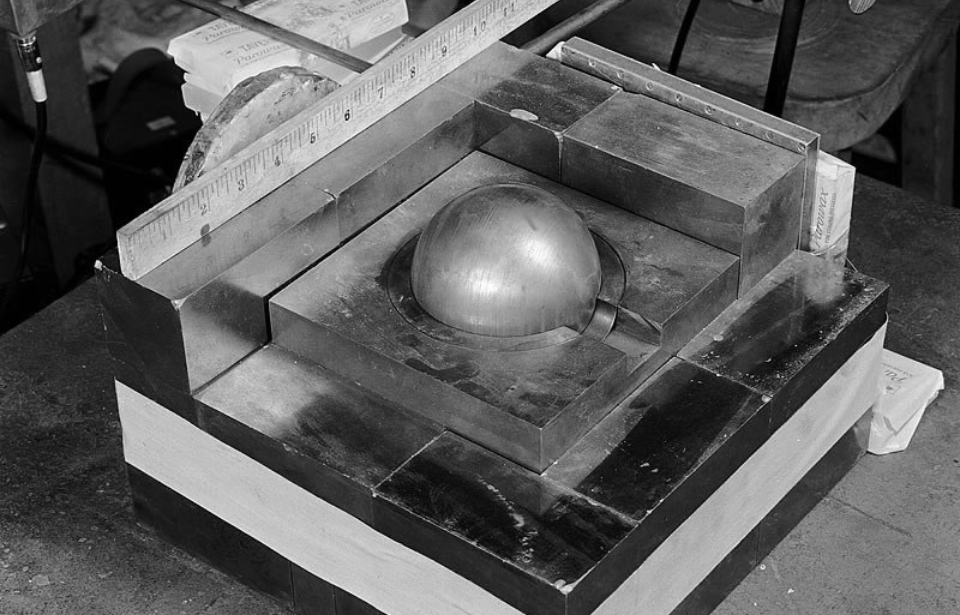In August 1945, the United States dropped two atomic bombs on Japan, marking the only time nuclear weapons have been used in combat. The devastation was catastrophic, and although a third bomb was ready for deployment, Japan surrendered before it could be used, sparing potentially tens of thousands of lives.
However, the plutonium core intended for that third bomb became notorious in the following months. It was involved in two deadly laboratory accidents, both of which resulted in the deaths of American scientists. These tragic events led to the core being given the ominous nickname of the “Demon Core.”
A third bomb
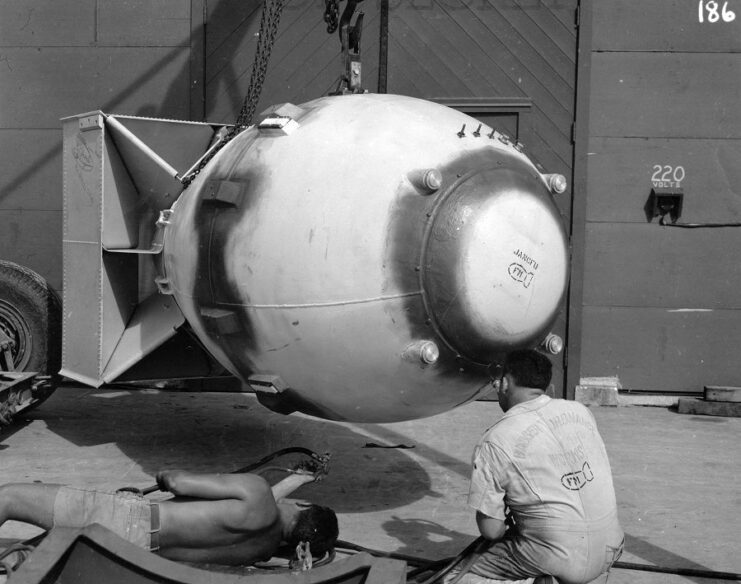
It’s easy to think that the Manhattan Project, the U.S. initiative to create atomic weapons, was only ever meant to produce two bombs. However, this wasn’t the case. The project expanded into a large-scale production operation for nuclear weapons. Most of the resources in this multi-billion-dollar endeavor went toward obtaining enriched uranium and plutonium, which were particularly challenging to produce at the time.
By the summer of 1945, the project had produced enough material for three bombs, with a fourth in the pipeline. This material was designated for the Trinity Test and the deployment of the Little Boy and Fat Man bombs. When Japan didn’t immediately surrender after the two bombs were dropped, the U.S. military began to prepare a third, which was scheduled for release on August 19.
However, Japan surrendered on August 16.
At the time, few involved in the Manhattan Project expected that only a small number of bombs would be used. Many believed more would be required to force Japan to surrender, and some worried that even with a surrender, the war might reignite. In the end, the third device was never used, leaving the U.S. with its 6.2 kg, nine-cm wide plutonium core. This core was later repurposed for testing and incorporated into other projects.
Demon Core
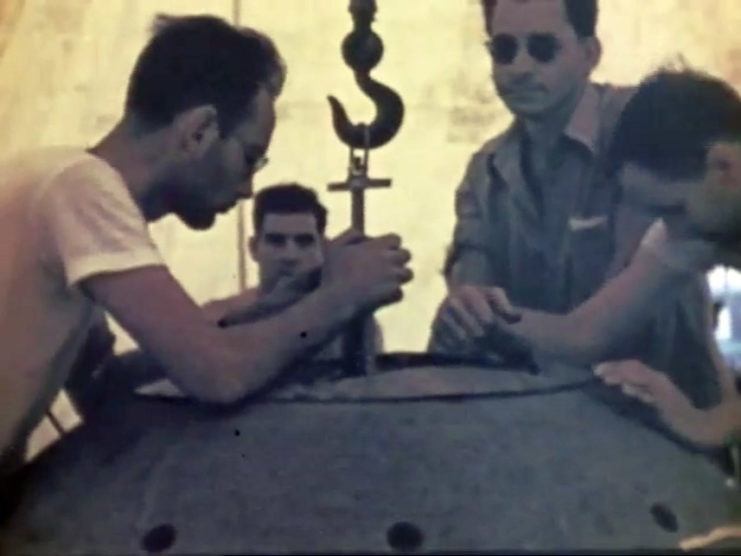
First accident
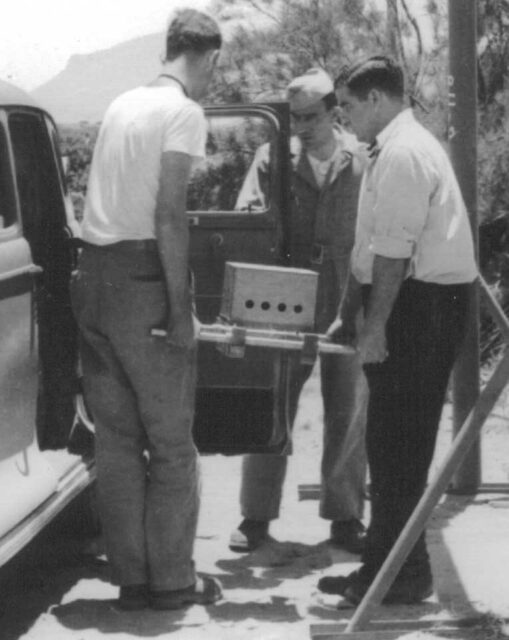
In 1945, physicist Harry Daghlian was conducting this experiment when it took a tragic turn. While positioning neutron-reflecting tungsten carbide blocks around the core to bring it close to criticality, he accidentally dropped one of the blocks onto it. Although Daghlian quickly removed the block, the damage was already done. In that brief moment, the core became supercritical, emitting a deadly burst of radiation.
Daghlian suffered through three weeks of intense radiation sickness before succumbing to his injuries. Following his death, stricter safety protocols were implemented to prevent similar incidents.
The following year, Daghlian’s colleague, Louis Slotin, carried on with the experiments. Slotin was a brilliant physicist, though his approach to safety was known to be relaxed.
In Slotin’s version of the experiment, two half-sphere neutron reflectors were carefully brought closer around the core to increase its activity. Metal spacers were used to keep the half-spheres from fully covering the core, minimizing the risk of another accident.
Second incident
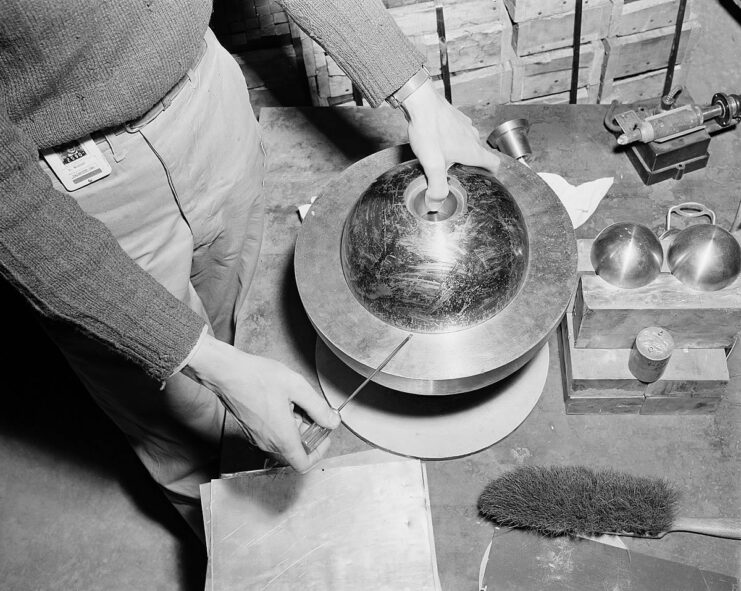
Slotin was known for taking dangerous shortcuts during experiments. Instead of using the required spacers for safety, he developed his own quicker—but much riskier—method. He used a flathead screwdriver to manually control the gap between two neutron-reflecting half-spheres, a technique he had mastered and regularly performed. Among his colleagues, this risky move became known as “tickling the dragon’s tail.”
Despite warnings from others, Slotin continued using the method.
On May 21, 1946, during a demonstration at a Los Alamos lab, he used his usual approach. He carefully lowered the top reflector over the plutonium core, using the screwdriver to keep the two halves from closing completely.
But this time, the screwdriver slipped. The reflectors snapped shut around the core, causing it to go supercritical. A burst of intense radiation flashed through the room, marked by a sudden blue glow—the signature of a critical reaction.
End of the ‘Demon Core’
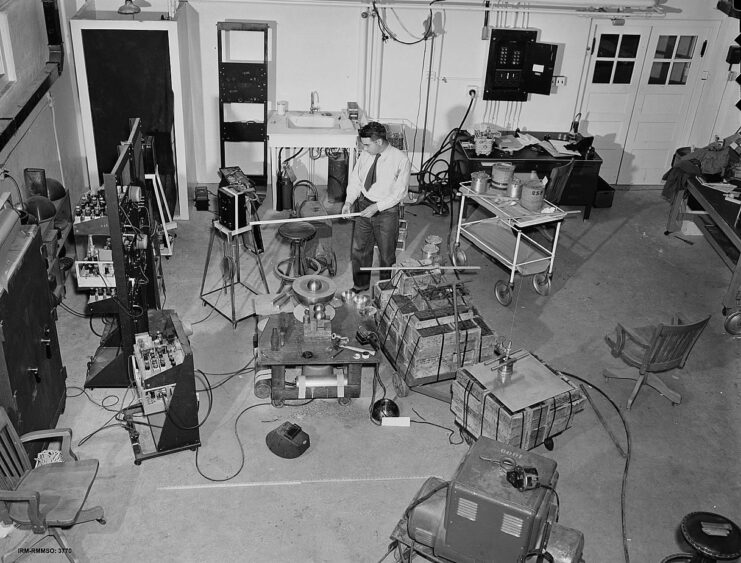
Slotin quickly pulled the neutron reflectors apart, but just like Daghlian, the damage was already done. He was exposed to an extremely high dose of radiation. Since he had been leaning directly over the core at the time of the accident, he absorbed most of the radiation, likely saving the others in the room from fatal exposure.
Within minutes, Slotin began showing symptoms of severe radiation poisoning. He passed away just nine days later.
After causing two deadly accidents, the plutonium sphere became known as the “Demon Core”. It was originally meant to be used in the Operation Crossroads nuclear tests, but that never happened. Instead, it was eventually melted down and repurposed into other nuclear cores.
